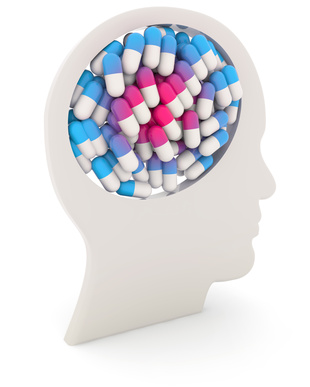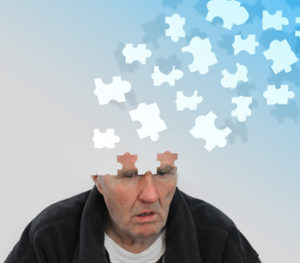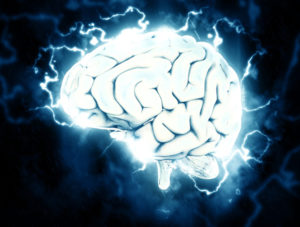Understanding resiliency and why we want to achieve it

Why is it that some people react extremely negatively in the face of stress and adversity — sometimes even getting physically ill — while others seem able to shake it off and carry on? Since chronic stress can contribute to physical ailments such as heart disease and stroke, it’s important for us to know – is resistance to stress, a/k/a resiliency, something that can be acquired through training?
In a recent study, psychologists at Northwestern University used magnetic resonance imaging (MRI) to study the brains of 218 young people living in violent neighborhoods in Chicago. The study found that the youths who had higher levels of functional connectivity in the central area of their brains (in other words, better resiliency) had better cardiac and metabolic health than their peers who had lower levels of connectivity (reference this study here).
What explains all this?
One possible reason, says Leanne O’Neil of INDY Neurofeedback, is that greater activity in the brain’s central network increases self-control. Self-control, in turn, can reduce the number of unhealthy behaviors people often use to cope with stress, such as eating junk food or smoking.
In other words, we can increase healthy behaviors with simple behavioral interventions. In fact, one good example is mindfulness training through neurofeedback.
How might that work? When we get help practicing:
- attention control
- emotion regulation
- increased self-awareness,
we open up the potential to increase connectivity within the brain’s “central network”, leading to behavioral change. It does seem that our resilience is related to our brain connectivity, O’Neil concludes.
Someday we might be able to protect young people exposed to violence and adversity by supplementing their brains with neuroprotective growth factors. Meanwhile, O’Neil explains, we know enough to help less resilient brains through exercise, mindfulness training and other support systems, especially neurofeedback.
There will always be stress and adversity in our lives, it seems. But we believe that resiliency is something that can be acquired through training.
Interested in finding out if neurofeedback can help you re-train your brain toward a specific behavioral goal? Call 317 888 8500.


 Football and its relationship to brain health is still very much in the news. In fact, a new study found youth and high school football players who were hit in the head frequently showed signs of damage to their brain development after just one season of playing the sport!
Football and its relationship to brain health is still very much in the news. In fact, a new study found youth and high school football players who were hit in the head frequently showed signs of damage to their brain development after just one season of playing the sport!
 Here at INDY Neurofeedback, all clients benefit from Heart Math emWave Pro heart rate variability training. Heart Math is an internationally recognized program that has been researched for decades and successfully benefited tens of thousands of people in over 85 countries.
Here at INDY Neurofeedback, all clients benefit from Heart Math emWave Pro heart rate variability training. Heart Math is an internationally recognized program that has been researched for decades and successfully benefited tens of thousands of people in over 85 countries.
 We’ve all heard about the power of gratitude and positive thinking. So what is this concept all about and more importantly, how does it affect your mood, your brain and your thinking?
We’ve all heard about the power of gratitude and positive thinking. So what is this concept all about and more importantly, how does it affect your mood, your brain and your thinking?
 Over five and a half million Americans are living with the neurodegenerative disease today. According to the Alzheimer’s Association (www.alz.org), medical researchers predict that by 2050, 14 million people in the U.S. will require full-time care for Alzheimer’s disease. That number is equal to the populations of New York City, Los Angeles and Chicago combined.
Over five and a half million Americans are living with the neurodegenerative disease today. According to the Alzheimer’s Association (www.alz.org), medical researchers predict that by 2050, 14 million people in the U.S. will require full-time care for Alzheimer’s disease. That number is equal to the populations of New York City, Los Angeles and Chicago combined. Because of the way the brain is housed in the cranium, explains Leanne O’Neil of INDY Neurofeedback, an impact from almost any direction can cause damage. Although the brain is incredibly resilient, is it also quite susceptible to injury.
Because of the way the brain is housed in the cranium, explains Leanne O’Neil of INDY Neurofeedback, an impact from almost any direction can cause damage. Although the brain is incredibly resilient, is it also quite susceptible to injury. New studies are shedding light on what goes on in the brains of women immediately after they become mothers of new babies. Giving birth is a major event for the brain with changes that are immediate, pronounced and foundational.
New studies are shedding light on what goes on in the brains of women immediately after they become mothers of new babies. Giving birth is a major event for the brain with changes that are immediate, pronounced and foundational.